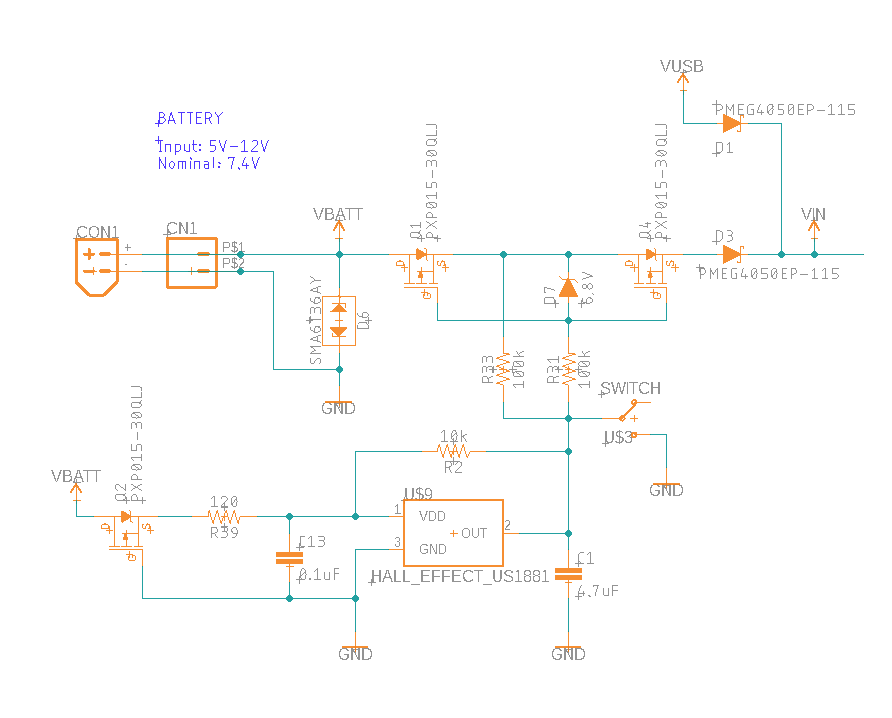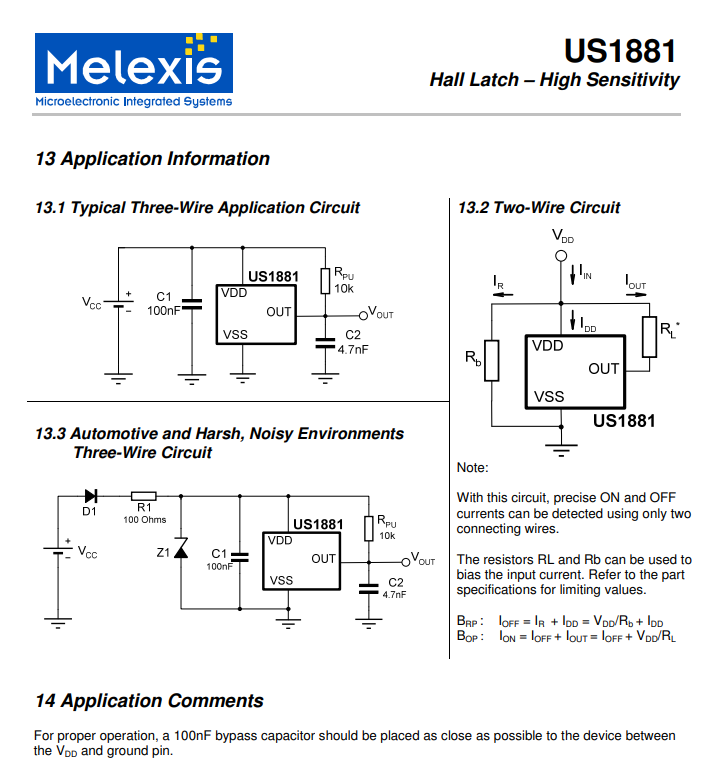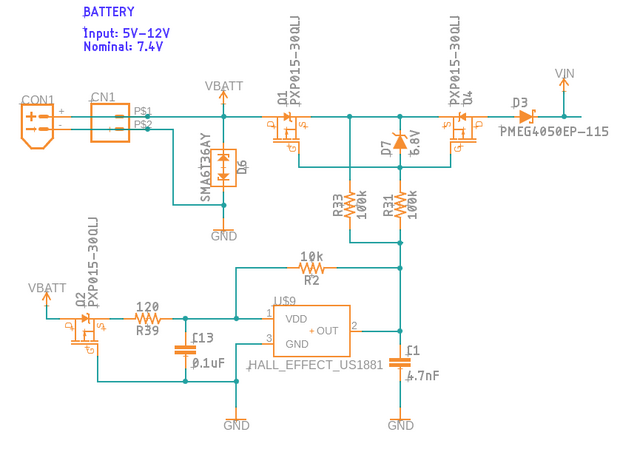roboticsmick
Member
Hi all, I am trying my hand at designing a hall effect switch with reverse voltage protection that is always OFF by default.

Does anyone have any suggestions or feedback for how I can improve and simply my design?
I’m using the US1881 latching hall effect sensor, but it needs it’s own reverse polarity protection circuit.

I'm basing the switch of Pololu's Mini MOSFET Slide Switch.
Thanks in advance for any advice!

Does anyone have any suggestions or feedback for how I can improve and simply my design?
I’m using the US1881 latching hall effect sensor, but it needs it’s own reverse polarity protection circuit.

I'm basing the switch of Pololu's Mini MOSFET Slide Switch.
Thanks in advance for any advice!




